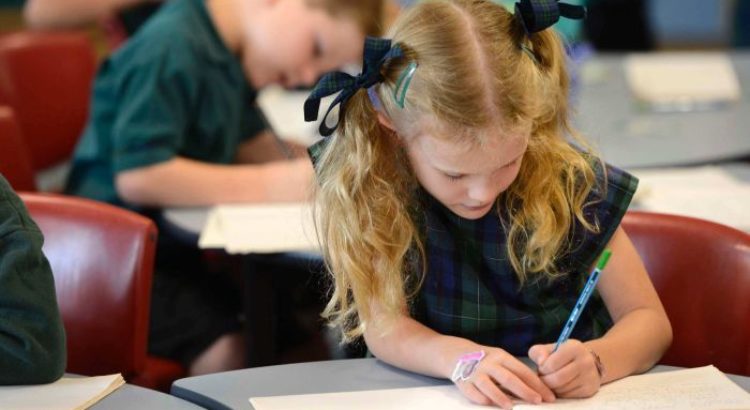Are Australian students receiving the school education they deserve?
When people overseas ask me about Australian schools, I tell them that we have some of the best schools in the world — but they are not for all of our children.
International reviews have proved that the Australian school system is one of the most unequal and socially segregated among the rich countries of the world.
This is not a recent finding. During the last decade, evidence from abroad and findings in our own studies have called for a change of course in policies — and the politics behind them — that drive school education in Australia.
The question is: why do we continue to believe that schools will get better by doing things that all successful education systems have found to be ineffective?
Australian education used to be admired
Not so long ago, Australian education was admired by many countries as a forward-looking and inspiring model for them and others.
When the OECD’s PISA study first appeared in 2000, all eyes were turned on the UK, Denmark, the Netherlands, New Zealand and Australia.
Sadly, today we are not anymore among those progressive and future-looking education systems that lead the way and provide good learning for all children.
Instead, we are seen as having a conservative, ineffective and outdated school system moving backwards in time.
The reason for Australian education to drop from the world class to the second league in international outlook is not because of declined student achievement in reading, mathematics and science in PISA and other comparative studies.
A more important reason is a steady decline in social equality and growing inequity in school education.
Evidence from the OECD that regularly compares the world’s education systems shows that successful education systems invest much more in equity of education outcomes than we do.

In other words, they focus on the education of children with special educational needs, support child wellbeing and health in every school, and allocate resources and targeted help to schools based on their true needs.
World-class education nations don’t do what seems to be our main strategy: Insist schools compete against one another, use toxic accountability measures to control and measure what schools do, and hold teachers as scapegoats for plunged education rankings.
Teachers and kids are not the problem
Teachers are often the first ones to blame when we look for reasons why schools don’t get better.
Therefore, solutions to fix the learning crisis often start there.
Recently school reformers have suggested that teachers should be allowed to use only evidence-proof teaching methods, they should be paid based on student outcomes, and that «superstar» teachers should be sent to teach in the most disadvantaged schools.
Indeed, there is a learning crisis in Australia. But it is not a crisis of students’ learning and teachers’ teaching in schools.
The real learning crisis is the education system’s inability to learn — via existing evidence and from other education systems — how to improve teaching and learning in every school.
Students and teachers suffer from these systemic learning difficulties that we must fix before things overall will get any better.
One of the first things our education systems need to learn is that the most important factor in improving the quality of education is not its teachers.
Half a century of systematic research has shown that teachers account for about 10 to 15 per cent of the variability in students’ test scores.

A similar amount of variability is associated with other school factors, such as curriculum, resources and leadership.
This means that most of the influence on students’ educational achievement lies outside school — in homes, communities, peer groups and students’ individual characteristics.
Make no mistake, teachers are the most influential part of school.
We should stop thinking that teachers have the power to overcome all those inequalities that many children bring to school with them every day.
As soon as we accept this fact, then we also understand that the majority of opportunities for improving quality of education are found in the system-level conditions.
Equity is the answer
Strengthening equity in education has become a common strategy in most successful education systems today.
These measures include high-quality early childhood education as a basic right for all children, preventive support for children and families in their health and wellbeing, allocating money to schools to offer individualised help to all children, and investing in teacher collaboration and professionalism to advance school improvement.
There is a lot to learn from around the world about how to build fairer and more inclusive education systems here at home.
But our education systems must be much better in learning how to do that.
Accepting that to continue using the same old policies that have taken us to this miserable situation is a bad idea would be a good start.
Then, we should adopt coherent education policies that are supported by evidence and research, rather than the current haphazard intervention efforts that are often rejected by world-class school systems.
Pasi Sahlberg is professor of educational policy and deputy director at the Gonski Institute for Education in the School of Education at the University of New South Wales.
Fuente de la Información: https://www.abc.net.au/news/2020-03-09/education-policy-learning-problem-australia-schooling-funding/12034350







 Users Today : 102
Users Today : 102 Total Users : 35460008
Total Users : 35460008 Views Today : 147
Views Today : 147 Total views : 3418612
Total views : 3418612